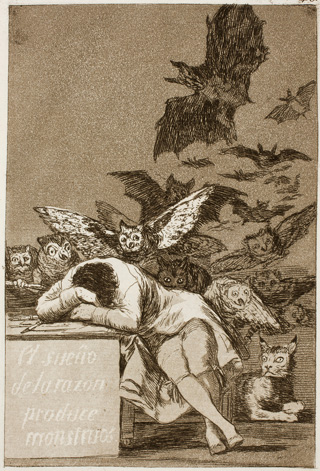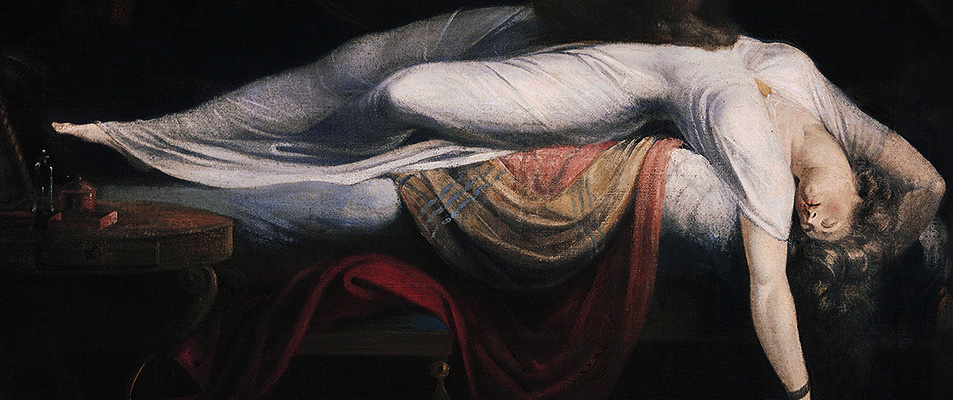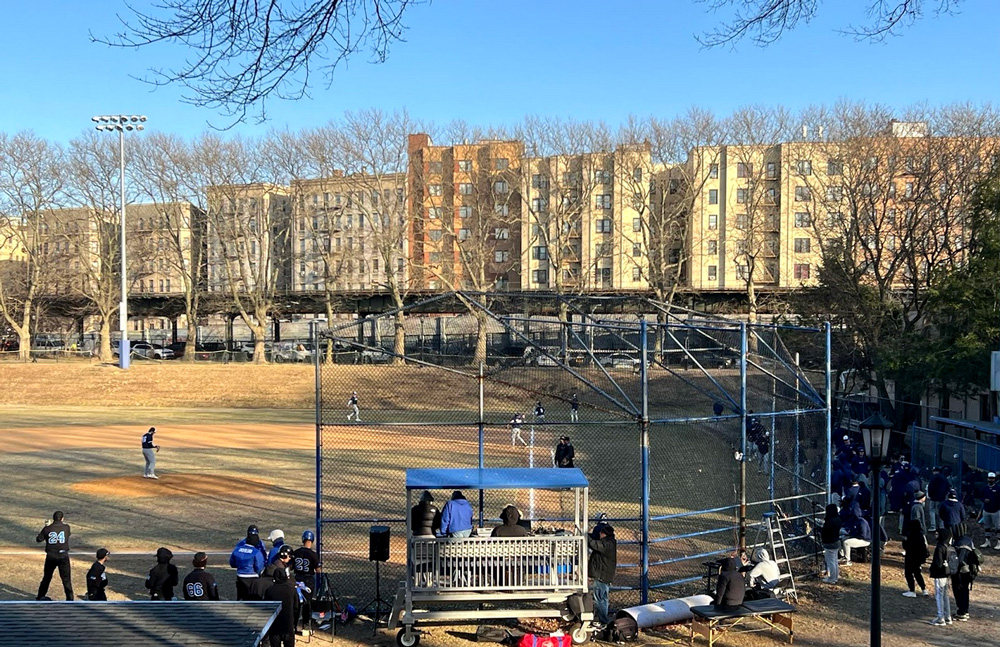The Nightmare, 1781, John Henry Fuseli
By Victor Marinez
Most people experience nightmares on occasion. However, a small segment of the population experiences nightmare disorder. This is when one’s nightmares are so severe they cause distress, anxiety, and a fear of going to sleep. Nightmares are most prevalent in children from the ages of three to six. However, nightmare disorders persist in about 2%-8% of adults.
Recently scientist Sophie Schwartz at the University of Geneva has found that a technique called targeted memory reactivation (TMR) helps ward off nightmares by strengthening an associated memory. A sound is played while learning and focusing on a subject. While sleeping that same sound is played. This sound cue aims to disrupt the nightmare and instigate a good memory. This technique branches off from a method called important for memory storage (IRT), which is suppressing nightmares with good memories.
These techniques directly tackle the roots behind nightmare disorder and why it is so debilitating for those who have it. The main causes of the disorder are stress, sleep deprivation, and trauma or PTSD. Some types of medications could even cause nightmare disorders such as antidepressants.

The Sleep of Reason Produces Monsters, c. 1797, Francisco de Goya
Nightmares usually occur during rapid eye movement (REM) sleep, when your brain is more active. so dreams last longer. You enter REM sleep in roughly 90-minute intervals after you fall asleep. The National Sleep Foundation says REM sleep “plays an important role in dreaming, memory, emotional processing, and healthy brain development.” The importance of this stage in sleep can’t be understated, and greatly affects your experience in and out of sleep. People with nightmare disorder have a negative experience outside of sleep, which causes nightmares and decreases the quality of REM sleep, which greatly impacts their functioning outside of sleep.
Emad Chowdhury suffers from nightmare disorder, something that has only started impacting him in recent years. He found working 9 to 5 a struggle and his mental health has suffered. His sleep health has also gone down the drain. Nightmares have become a nightly occurrence, that is when he can sleep at all. “I barely get any sleep anymore,” Chowdhury said. “If I get anywhere near three or five hours of sleep, it’s a good day.” One of the side effects of nightmare disorder is insomnia. Chowdhury has gone to the doctor to get treatment. “Nothing has worked at all,” says Chowdhury. “I’ve done everything and I still can’t sleep.” People with nightmare disorder usually get insomnia because they fear going to sleep. However Chowdhury’s case is different. He struggles falling asleep entirely and when he does, he never feels well rested. This once again connects back to having low quality REM sleep.
The remedies for nightmare disorder include stress or anxiety treatment because these are the leading causes of the disorder. This can be through counseling or therapy. Those who suffer from PTSD often undergo image rehearsal therapy, a practice where a patient meets with a therapist to create good endings to repeated and intrusive nightmares. Some doctors even recommend medications in order to reduce REM sleep and decrease the length of nightmares. The most common remedy is important for memory storage (IRT) which is a form of cognitive behavioral therapy. This teaches you how to overpower all the bad memories with good memories.
However, these examples tend to be temporary fixes to ease the symptoms while scientists research the cause of the disorder. Targeted Memory Reactivation (TMR), on the other hand, has the ability to be a proactive solution, stopping the problem in its tracks. This technique is quite similar to Pavlov’s dog experiment in which a sound is associated with an action or thing. During TMR the patient would associate a sound with learning something, anything that requires your brain to be active and thinking. The idea is that since during REM sleep your brain is the most active it will ever be, it will take immediate action instead of maybe gaining a happy ending. This interruption during REM sleep will not only improve your knowledge of the subject that interrupted your night but also improve your overall REM sleep.








No comments